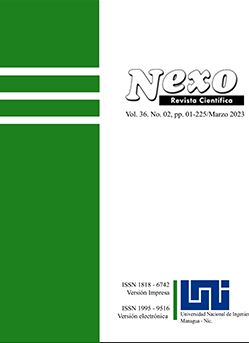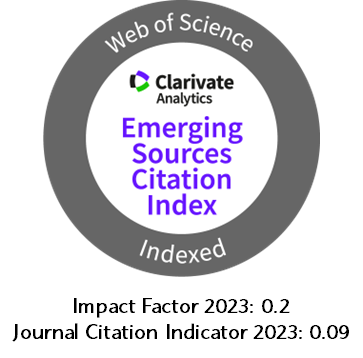Drivers of the economic growth for Nicaragua in the period 1990-2017
DOI:
https://doi.org/10.5377/nexo.v36i02.15999Keywords:
Economic growth, extension of the Solow-Swan model, cointegration, NicaraguaAbstract
This paper studies the determinants of economic growth in Nicaragua using annual data for the period 1990-2017. The objective of this study is to determine the factors that influenced economic growth in Nicaragua by estimating an Ordinary Least Squares (OLS) model. It was found that in the long run, a one percent increase in employment is associated with an increase in Gross Domestic Product (GDP) per capita of 0.4 percent; in addition, a one percent increase in schooling could be associated with 0.6 percent in GDP per capita. However, in the short term, the greatest sensitivities are found in the term GDP per capita lagged one period, since a one percent increase in this variable is correlated with a 0.23 percent increase in GDP per capita. Significant variations are also present for changes in public consumption, as a one percent increase in public consumption could be associated with a 0.14 percent increase in GDP per capita.
Downloads
673
Downloads
Published
How to Cite
Issue
Section
License
Copyright (c) 2023 Universidad Nacional de Ingeniería

This work is licensed under a Creative Commons Attribution 4.0 International License.
The authors who publish in Nexo Scientific Journal agree to the following terms:
- Authors retain the copyright and grant the journal the right of the first publication under the license Creative Commons Attribution License, which allows others to share the work with a recognition of the authorship of the work and the initial publication in Nexo Scientific Journal.
- Authors may separately establish additional agreements for the non-exclusive distribution of the version of the work published in the journal (for example, in an institutional repository or a book), with the recognition of the initial publication in Nexo Scientific Journal.
- Authors are allowed and encouraged to disseminate their works electronically (for example, in institutional repositories or in their own website) before and during the submission process, as it can lead to productive exchanges, as well as earlier and greater citation of published works.











